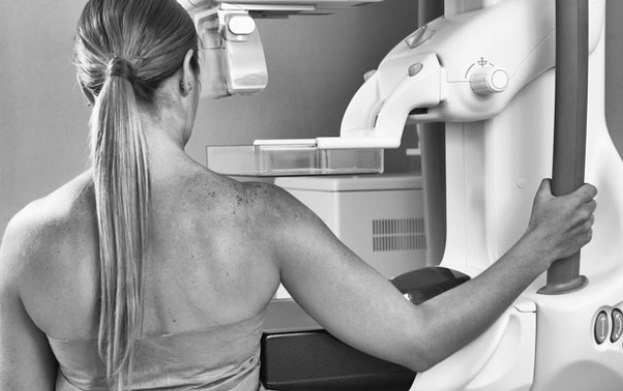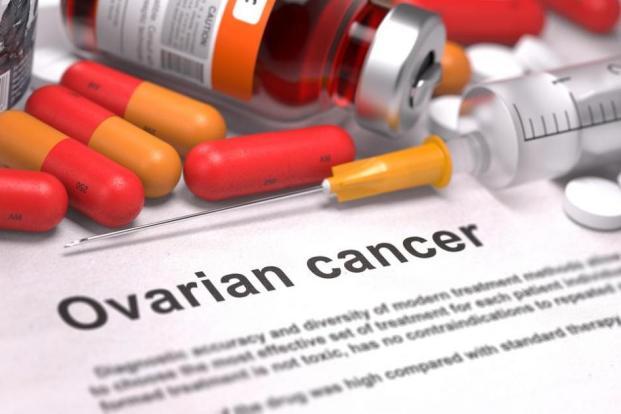Categories
- Bariatric Surgery (11)
- Black Fungus (5)
- Bone Marrow transplant (3)
- Brain Tumor Surgery Navigation Technology (20)
- Cardiac Surgery (66)
- Cardiology (97)
- Computer navigation technology for joint replacements (20)
- Covid Vaccination (17)
- Critical Care (2)
- Dental (19)
- Dermatology (31)
- Dialysis Support Group - “UTSAAH” (11)
- Dietitian (33)
- Emergency Medicine (4)
- Emotional Health (11)
- Endocrinology (33)
- ENT (20)
- Gastroenterology and GI Surgery (53)
- General and Laparoscopic Surgery (21)
- General Surgery (4)
- Gynecology & Obstetrics (183)
- Hematology (20)
- Internal Medicine (294)
- Kidney Transplant (50)
- Kidney Transplantation (20)
- Lung Cancer (8)
- Minimal Invasive Surgery (1)
- Mother & Child (20)
- mucormycosis (5)
- Nephrology (61)
- Neurology (147)
- Neurosurgery (68)
- Nutrition and Dietetics (107)
- Omicron Variant (1)
- Oncology (288)
- Ophthalmology (10)
- Orthopaedics & Joint Replacement (86)
- Paediatrics (59)
- Pediatric Nephrology (3)
- Physiotherapy (5)
- Plastic & Reconstructive Surgery (6)
- Psychiatry and Psychology (90)
- Psychologist (28)
- Pulmonology (72)
- Rheumatology (13)
- Spine Services (21)
- Transradial Angioplasty (16)
- Urology (84)
Query Form
Posted on Apr 19, 2022
Screening Mammography
What is the ideal screening regimen for breast cancer among average-risk women?
At present, major organizations differ in their recommendations for mammography.
In 2015, the American Cancer Society(ACS) revised its guidelines to recommend annual screening from ages 45 to 55 years and continuing every 2 years after that. The US Preventive Services Task Force (USPSTF) reissued its guidelines in 2016, recommending that women 50 to 74 years old be screened every 2 years. The American College of Obstetricians and Gynecologists (ACOG) guidelines, which gynecologists use, recommend annual computer screening mammography beginning at age 40 years.

The US Preventive Services Task Force (USPSTF) came under fire for failing to mandate routine screening mammography for women between 40 and 49 years old. Instead, the task force’s recommendation calls for shared decision-making regarding breast cancer screening among women in this age group. The American Cancer Society (ACS) recommends an approach focused on shared decision-making among women between 40 and 44 years old, and then annual mammography among women between 45 and 54 years old. Meanwhile, American College of Obstetricians and Gynecologists (ACOG) recommends annual mammography for all women at age 40 years and older.
- The recommendations from these organizations differ in their content beyond breast cancer screening among younger women. The USPSTF recommends biennial screening mammography, not annual examinations, for women between 50 and 74 years old. The ACS recommends annual mammography for women between 45 and 54 years old, with biennial screening thereafter. ACOG recommends annual mammography as well, and, similar to ACS, no strict upper age limit for screening
- Approximately half of the women who undergo 10 mammograms will have a false-positive finding, resulting in repeated mammograms, breast magnetic resonance imaging, and often, unnecessary biopsies of indolent tumors “that would never have become bothersome.”
- In Britain, the National Health Service, in its updated patient leaflets, informs women that the risk for overdiagnosis is 3 times higher than that of avoiding a breast cancer death.
- In a recent national US survey, however, fewer than 50% of women said their physicians discussed the pros and cons of mammography with them.
- The most effective way to decrease unnecessary testing could be to implement an evidence-based system (The USPSTF comes closest to be most evidence-based system).



